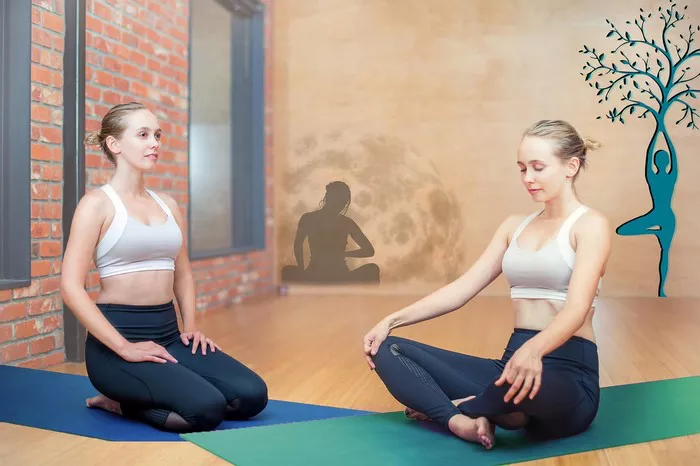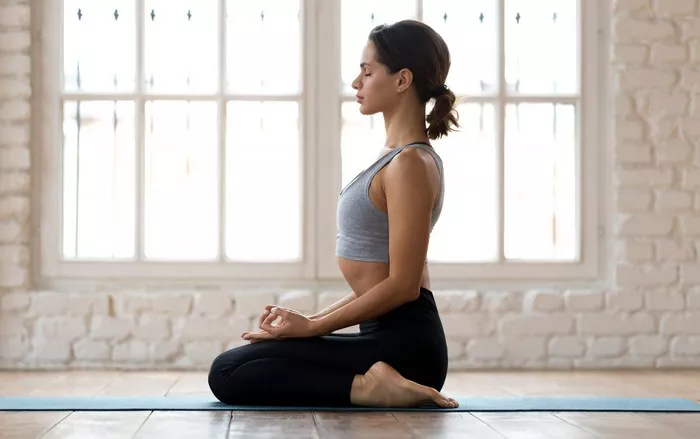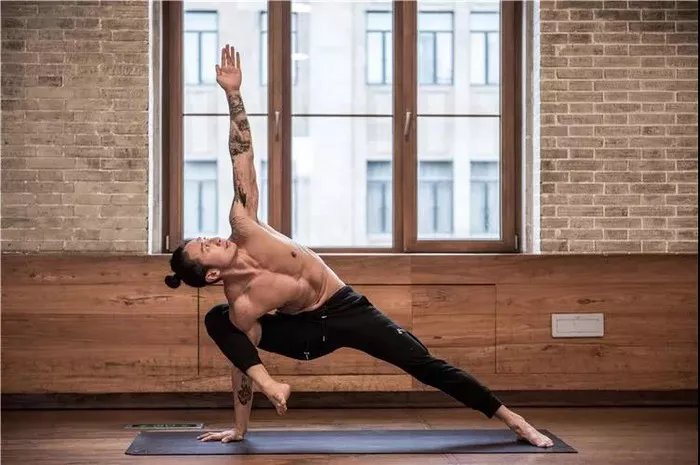Yoga has evolved into many different styles over the years, each with unique principles, techniques, and objectives. Among these styles, Sivananda Yoga stands out as a classical and holistic approach to yoga, emphasizing physical postures, breathing exercises, relaxation, diet, and meditation. This article explores the key differences that set Sivananda Yoga apart from other forms of yoga, helping practitioners understand its essence and benefits.
Origins and Philosophy of Sivananda Yoga
Sivananda Yoga was founded by Swami Sivananda (1887–1963), a renowned Indian spiritual teacher, and was later systematized by his disciple Swami Vishnudevananda (1927–1993). Unlike modern yoga styles that focus primarily on physical postures (asanas), Sivananda Yoga is deeply rooted in traditional yogic philosophy and follows the teachings of classical yoga scriptures such as the Bhagavad Gita, Patanjali’s Yoga Sutras, and the Upanishads.
The philosophy of Sivananda Yoga is built upon five principles, which are believed to promote physical, mental, and spiritual well-being:
Proper Exercise (Asanas): A carefully structured sequence of 12 basic postures designed to maintain flexibility, strength, and overall health.
Proper Breathing (Pranayama): Techniques to regulate breath, enhance lung capacity, and balance the body’s energy.
Proper Relaxation (Savasana): Deep relaxation to relieve stress and rejuvenate the nervous system.
Proper Diet (Vegetarianism): A pure, plant-based diet that supports physical and mental clarity.
Positive Thinking and Meditation (Vedanta and Dhyana): Mental discipline, self-inquiry, and meditation to achieve inner peace and self-realization.
Key Differences of Sivananda Yoga
Sivananda Yoga stands apart from other yoga styles in several ways. Below, we explore the core distinctions that make this tradition unique.
1. A Traditional and Holistic Approach
Unlike contemporary yoga styles that focus mainly on fitness, Sivananda Yoga integrates all aspects of well-being—physical, mental, and spiritual. It follows a structured format that combines asanas, pranayama, relaxation, dietary guidance, and meditation, making it a comprehensive system of self-care and self-discovery.
2. A Fixed Sequence of 12 Postures
While many yoga styles incorporate a variety of poses in their sequences, Sivananda Yoga follows a fixed sequence of 12 basic asanas:
- Headstand (Sirsasana)
- Shoulderstand (Sarvangasana)
- Plow Pose (Halasana)
- Fish Pose (Matsyasana)
- Sitting Forward Bend (Paschimottanasana)
- Cobra Pose (Bhujangasana)
- Locust Pose (Shalabhasana)
- Bow Pose (Dhanurasana)
- Half Spinal Twist (Ardha Matsyendrasana)
- Crow Pose (Kakasana) or Peacock Pose (Mayurasana)
- Standing Forward Bend (Pada Hasthasana)
- Triangle Pose (Trikonasana)
These asanas are performed in a specific order, with relaxation between poses, to systematically energize and heal the body. The sequence is designed to work on the spine, nervous system, and internal organs while ensuring balance and symmetry in the body.
3. Emphasis on Pranayama and Relaxation
Unlike fast-paced styles such as Vinyasa or Ashtanga, Sivananda Yoga places a strong emphasis on breathing exercises (pranayama) and deep relaxation. Sessions begin with Kapalabhati (cleansing breath) and Anulom Vilom (alternate nostril breathing) to prepare the body and mind for asana practice. After each posture, students rest in Savasana to absorb the benefits of the practice.
4. Spiritual and Devotional Elements
Sivananda Yoga is deeply connected to spiritual growth and devotional practices. Classes often begin and end with Sanskrit chants, mantras, and prayers to create a meditative and uplifting environment. This aspect makes it distinct from purely physical yoga styles, which may lack a spiritual component.
5. Vegetarian Diet and Yogic Lifestyle
One of the fundamental teachings of Sivananda Yoga is following a pure, vegetarian diet. Practitioners are encouraged to consume sattvic foods (fresh, plant-based, and minimally processed) while avoiding meat, alcohol, caffeine, and overly spicy foods. This dietary discipline supports mental clarity and enhances the effects of yoga practice.
6. Open to All Levels and Ages
Sivananda Yoga is accessible to practitioners of all levels and ages, including beginners and seniors. Since the sequence is relatively gentle, with modifications available, it provides a safe and sustainable practice that people can follow for a lifetime.
7. Focus on Yoga Beyond the Mat
Unlike styles such as Power Yoga or Bikram Yoga, which emphasize physical endurance, Sivananda Yoga encourages practitioners to incorporate yoga into their daily lives. The teachings promote self-discipline, kindness, and mindfulness, emphasizing that yoga is a way of life rather than just a form of exercise.
Conclusion
Sivananda Yoga is a traditional, holistic, and structured approach to yoga that integrates physical, mental, and spiritual well-being. Unlike many modern yoga styles that focus primarily on fitness, Sivananda Yoga follows a well-defined sequence of postures, emphasizes breath control, relaxation, and meditation, and encourages a vegetarian lifestyle.
For those seeking a comprehensive and meditative yoga practice that extends beyond physical fitness and delves into mindfulness, self-discipline, and spiritual growth, Sivananda Yoga is an excellent choice. Whether you are a beginner or an experienced yogi, this style offers profound benefits that promote overall health, inner peace, and self-awareness.
Related Topics:























